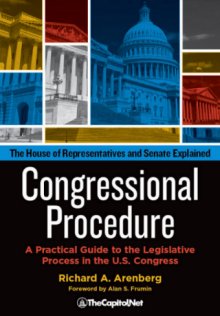Division of a Question for Voting (CongressionalGlossary.com)
From the Congressional Glossary – Including Legislative and Budget Terms Division of a Question for Voting photo credit: neoterra A practice that is more common in the Senate but also is used in the House whereby a member may demand a division of an amendment or a motion for purposes of amendment. The individual parts … Read more


